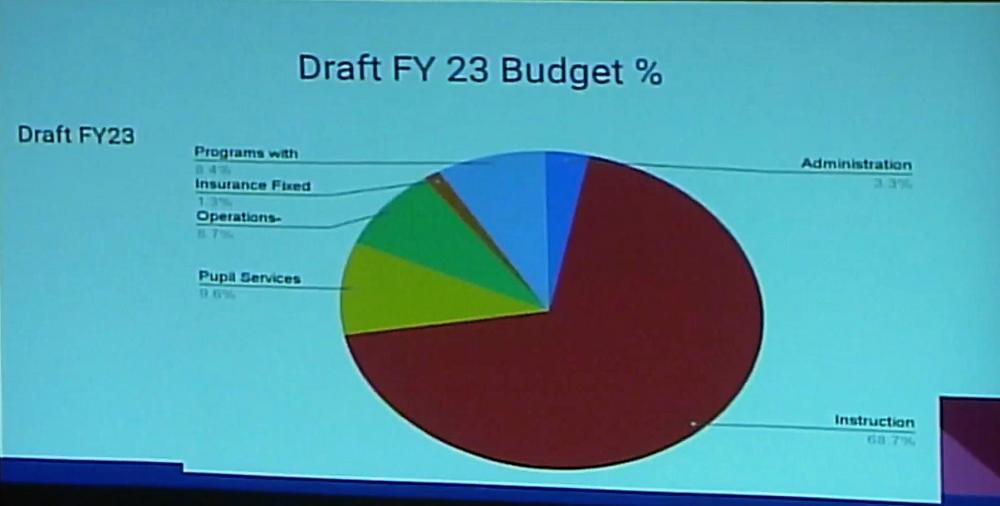School budget shortfall to lead to staff reduction
Once again, it’s time for Wareham Schools administrators to put together an annual budget. And once again, the district is facing cuts: in supplies and five full-time positions will need to be cut.
The initial draft of the budget came to a total of $35,030,510, and officials have already whittled it down to $32,385,226.
To make the budget work, the district will use $900,000 of circuit breaker funds, and the town will contribute five percent. Circuit breaker funds are state reimbursements of a portion of the cost of special education.
Even after those contributions, the budget still has a $1.7 million deficit, explained Business Manager Christine Suckow at the Nov. 18 meeting.
Asked about what positions would be cut, Superintendent Dr. Kimberly Shaver-Hood said that if additional staff announce their decision to retire or leave during the remainder of the school year, the district would evaluate whether or not that position needed to be replaced. She did not specify what types of positions might be eliminated.
School Committee member Geoff Swett noted that over the years, the percentage of the budget spent on teaching staff has shrunk slightly. Shaver-Hood explained that the cost of pupil services has increased, as has the cost of fuel and utilities.
She also noted that the retirement of some longtime (and more highly-paid) staff has brought down the budget as they are replaced with less-experienced new employees.
Suckow said that Wareham spends slightly more per student than the state average, but said some of that cost is due to the district’s higher-than-average population of special needs students. That percentage is about 25 percent higher in Wareham than statewide.
Currently, the district plan is to meet the $1.7 million deficit with federal funds provided to schools during the coronavirus pandemic. Those funds will be available for the next two years.
Swett said that his concern is that the district is simply forestalling a funding disaster for the next two years. He said he hopes the funds will be spent on one-time expenses, and said that the district will need to figure out how to reduce the budget before the funding runs out.
Currently, the district is looking for ways to reduce the cost of staffing and transportation.
Shaver-Hood said that one way to cut transportation costs would be to reduce bus service to only students living at least two miles from their school, as opposed to one mile from their school. That would be unsafe for many students, she said.
She said the district is also considering reducing the number of runs to three: one start time for high, middle, and elementary schoolers. Another option would be to reconsider how out-of-district runs are handled.
No changes to transportation have yet been proposed.













